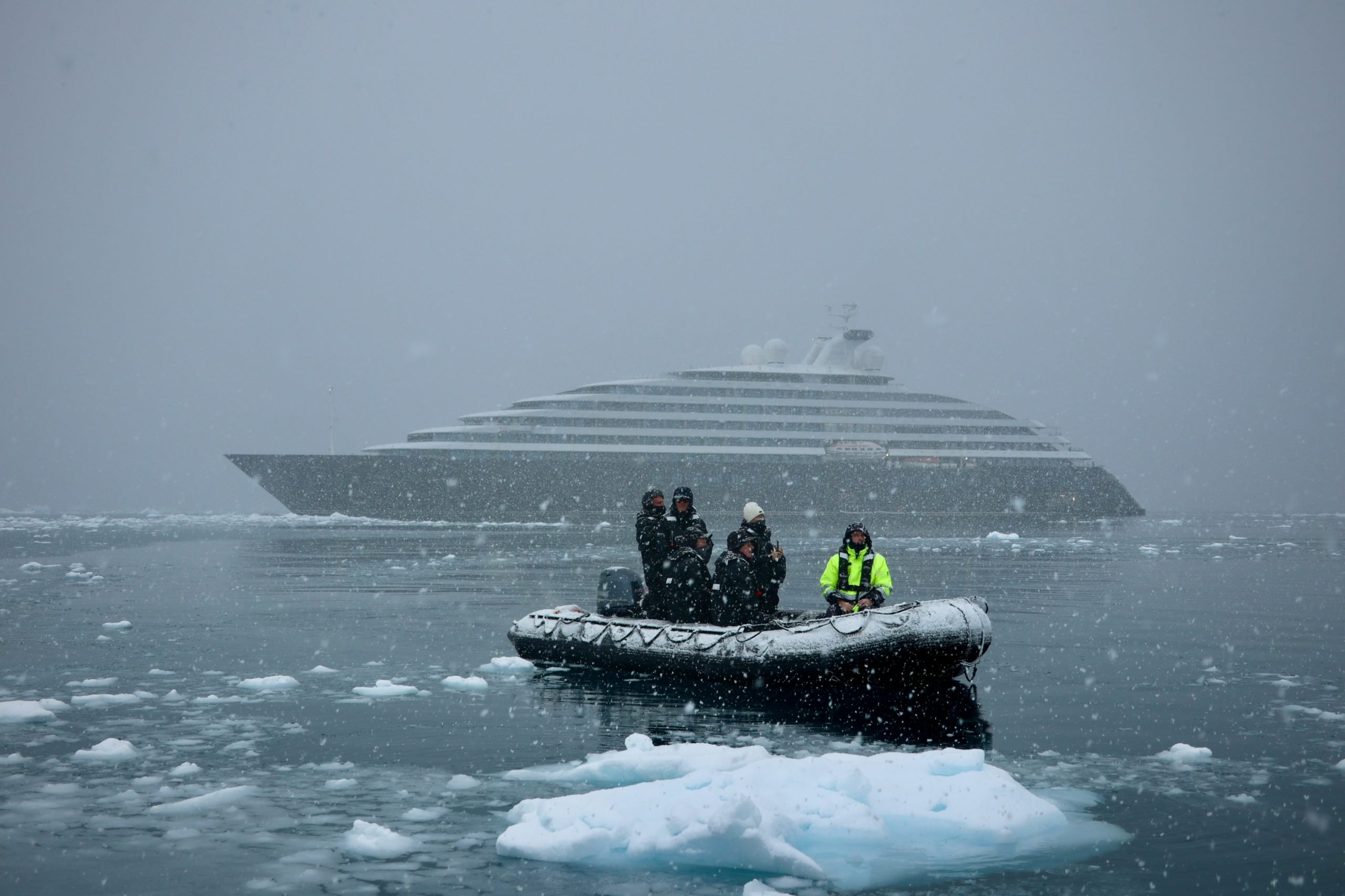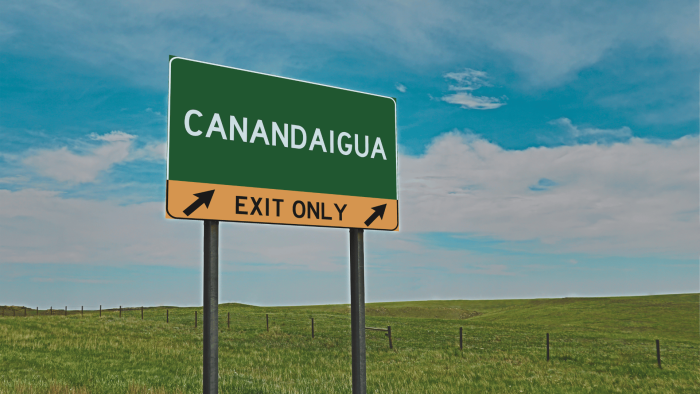“There’s no bad weather, only bad clothing.” That’s an idea that came to me when I was on an expedition to Antarctica on Viking’s Polaris. I found myself second-guessing all of my packing decisions. When you’re on an expedition, there are plenty of moments that put your gear to the test: running out on a ship’s deck to see whales, kayaking with penguins, jumping off a Zodiac into water on a rocky shore, or trekking through snow.
Packing for any cold-weather trip, even if it isn’t Antarctica, can be complicated and frustrating. I want the right gear for the right occasion, but I like to pack a single carry-on when possible, so the challenge is compounded. That said, it’s not impossible. Here are some tips that can make minimalist winter packing easier.

Photo by Brandon Withrow
1. Pack Strategically to Make Space
The Bag
A well-designed bag is essential. My absolute—I’ll fight you over it—favorite is my very durable Cotopaxi Allpa 35L backpack. If you’re a carry-on-only person, a 35L bag will fit the overhead compartment of domestic and most European flights. The Allpa is soft-shelled, made from recycled material, and uses its space well.
I squeeze a lot in this bag. The main zippered compartment is large and there are plenty of useful zipper pockets to store and easily access cords, liquids, clothing, and shoes. The 15-inch lined protective laptop sleeve is also handy for storing any printed documents you need for immigration. There are tuckable backpack straps and a hip belt, while handles on the side turn it into a duffle. It also has anti-theft YKK zippers.
Depending on the trip, single-bag packing is not always possible. A decent personal item—a laptop bag or backpack—can provide some of that extra room. I usually take my Tenba Fulton backpack for my camera and make use of its large roll-top stuff sack.
Bags All the Way Down
Cold-weather clothing is thicker, so to get the most out of your space, you’ll need compression packing cubes. Compression cubes will allow you to pack your clothes and then use a zipper system to compress them down further, creating more bag space. My favorite are the TRIPPED compression cubes, which have taken a beating and never split a zipper.
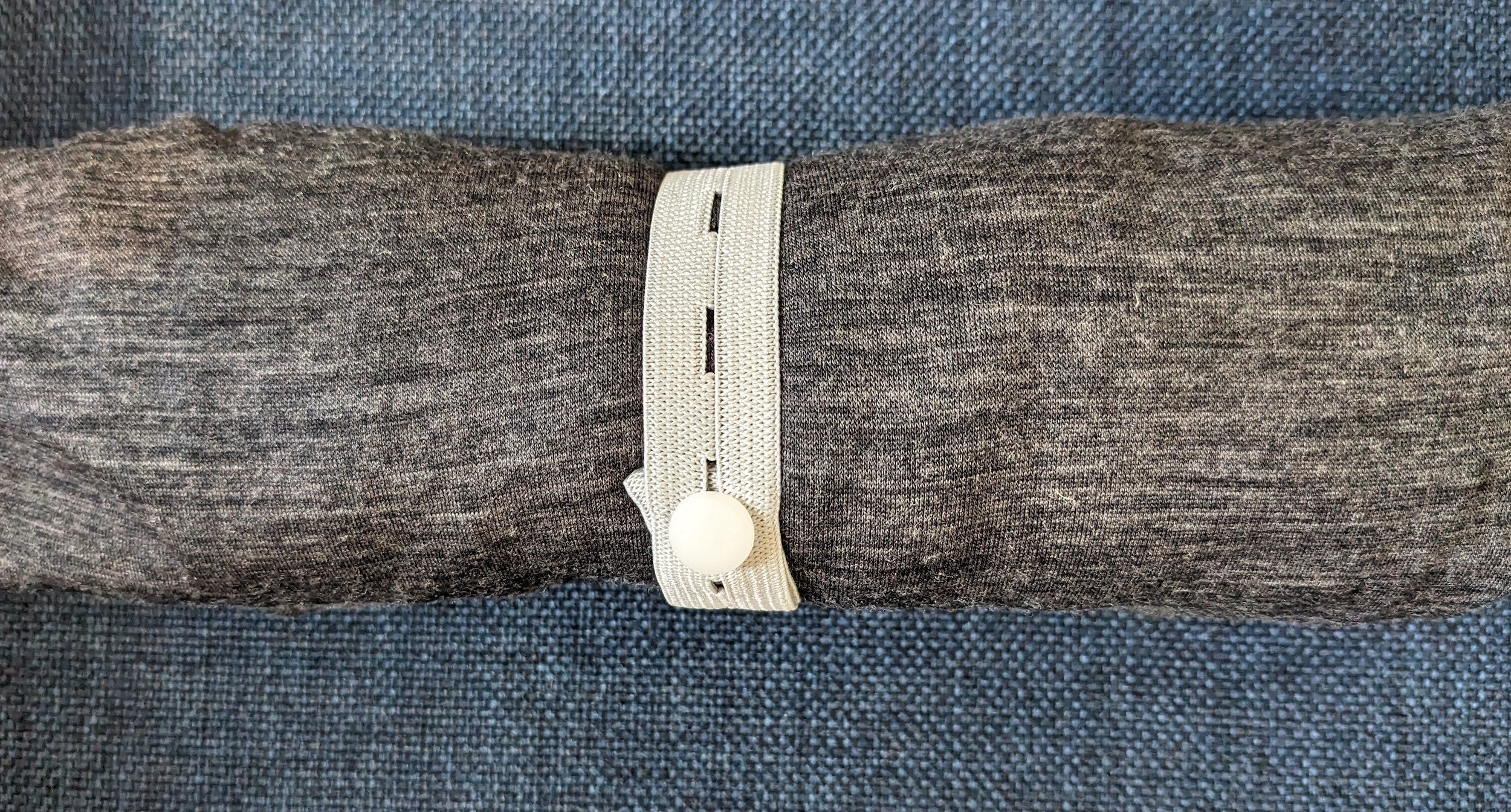
Photo by Brandon Withrow
Straps, Straps, and More Straps
Another way to make room in a bag is by using packing straps. When I put my shirts into a compression bag, I roll them tightly and I use a packing strap for each shirt to keep them that way. VSV Stoage straps, or others like them, are perfect examples of straps for this purpose. If your shirts are tightly rolled and strapped, you’ll get more of them into your compression bags and open up more space in your bag overall.
2. Always Pack in Layers
Now that we have the packing process down, what about the clothing itself? In cold temperatures, layers are your friend. Cotton may feel good, but there is a reason for the phrase “cotton kills.” Cotton is bad at regulating body temperature, stays wet, and can lead to hypothermia. Merino wool layers (like these from Smartwool) are fantastic for regulating body temperature. They are moisture-wicking, quick-drying, and odor resistant. You can wear them repeatedly and no one will be the wiser. The material is also soft enough for skin sensitive to wool, though a synthetic performance shirt can manage the job similarly.
The midlayer, which goes over your baselayer, helps you stay warm while keeping things breathable. In chilly, but tolerable conditions, your midlayer might be the only thing you need. It can be as simple as a quarter-zip fleece from Eddie Bauer, or in colder weather, a down puffer or synthetic jacket. Down is good for staying warm without being heavy. Synthetic insulators are an alternative to down. Self-packing jackets—those that pack into a pocket—are useful when packing space is at a premium.
If your midlayer isn’t waterproof, then the outer layer, like a shell, will protect you from wind, rain, and snow. Shells can fit over a midlayer jacket, though there are also jacket-shell systems, where you can get the two together, and wear either one layer or both together depending on weather.
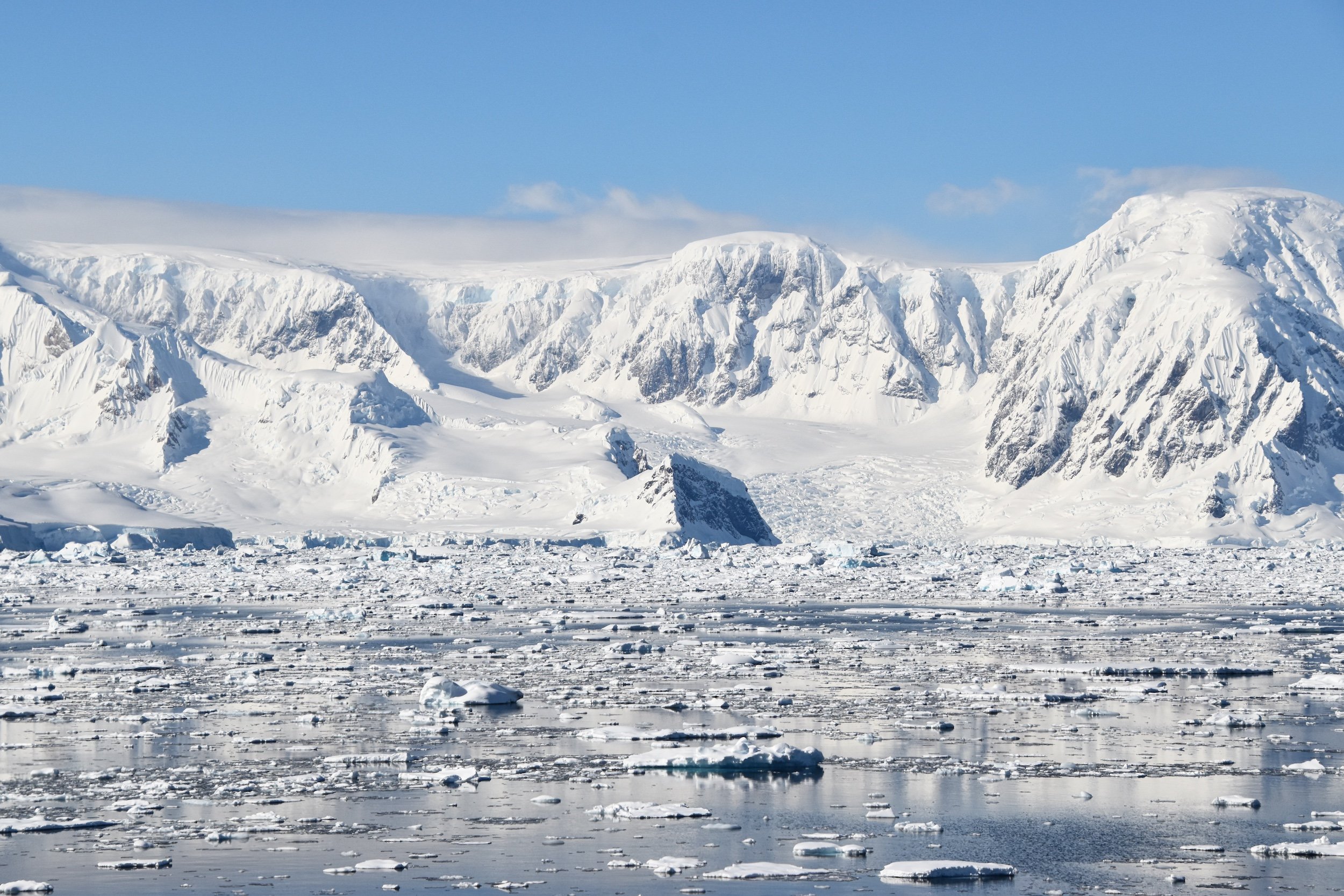
Photo by Brandon Withrow
3. Pack Pants Sparingly
If you’re going to be in some powder, then snow pants or fleece-lined winter pants with quick-drying merino wool or synthetic long underwear will be necessary. Snow pants can easily fill a bag by themselves, so I usually only pack one, or a pair of fleece-lined winter pants with long underwear for general winter conditions. Rain pants can also be helpful for staying dry in wet conditions, and they are often zippered from top to bottom, allowing you to slip them on over your pants.
4. Keep Underwear Brief
To save space, don’t pack a pair of underwear for every day. Pack half the number of days with synthetic, breathable, fast-drying performance underwear that can be washed in a sink and dried overnight. Travel laundry detergents, like Sea to Summit Trek & Travel, come in thin sheets in a small package and do the cleaning job well.
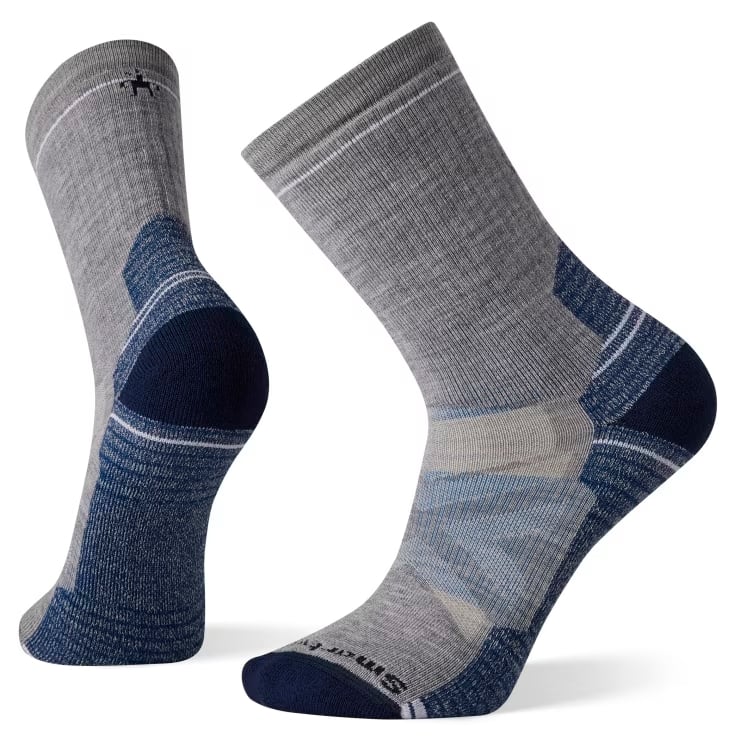
Photo by Smartwool
5. Socks, Socks, and More Socks
Like the baselayer, merino wool socks can come in different weights and can be worn multiple times—in some cases a single pair can last an entire trip. That means packing fewer socks overall: a pair for everyday use and indoor activity, a thick pair for hiking, and a backup pair in case your socks get wet while hiking. Smartwool is my go-to for socks—I almost never wear a cotton sock for anything.
6. The Small Details
Don’t forget to bring a winter hat, waterproof gloves, sunscreen, lotion, lip balm, and polarized glasses. To save on valuable liquid space, Sea to Summit makes soap leaves for hand, body, and shampoo use. Face wash is a very personal choice, so for me, I use the small, round containers that slip into corners of the 311 bag and can easily last a few days. Test your supply containers ahead of time in your daily use so you know how many to pack.
If you’re going to be outdoors, and especially in snow or on water, pack a skin-repairing moisturizer with sunscreen built-in (no less than SPF 30). I use La Roche-Posay Toleriane Double Repair Face Moisturizer (SPF 30). Ursa Major and CeraVe AM are also decent options.
Snow can increase your UV light exposure and polarized glasses help avoid snow blindness. Bring portable chargers for your phone and several batteries for your camera. Cold weather kills batteries quickly. And anything that packs into itself—self-packing rain cover for a bag or self-packing jackets, raincoats, and parkas—can open up much-needed space.
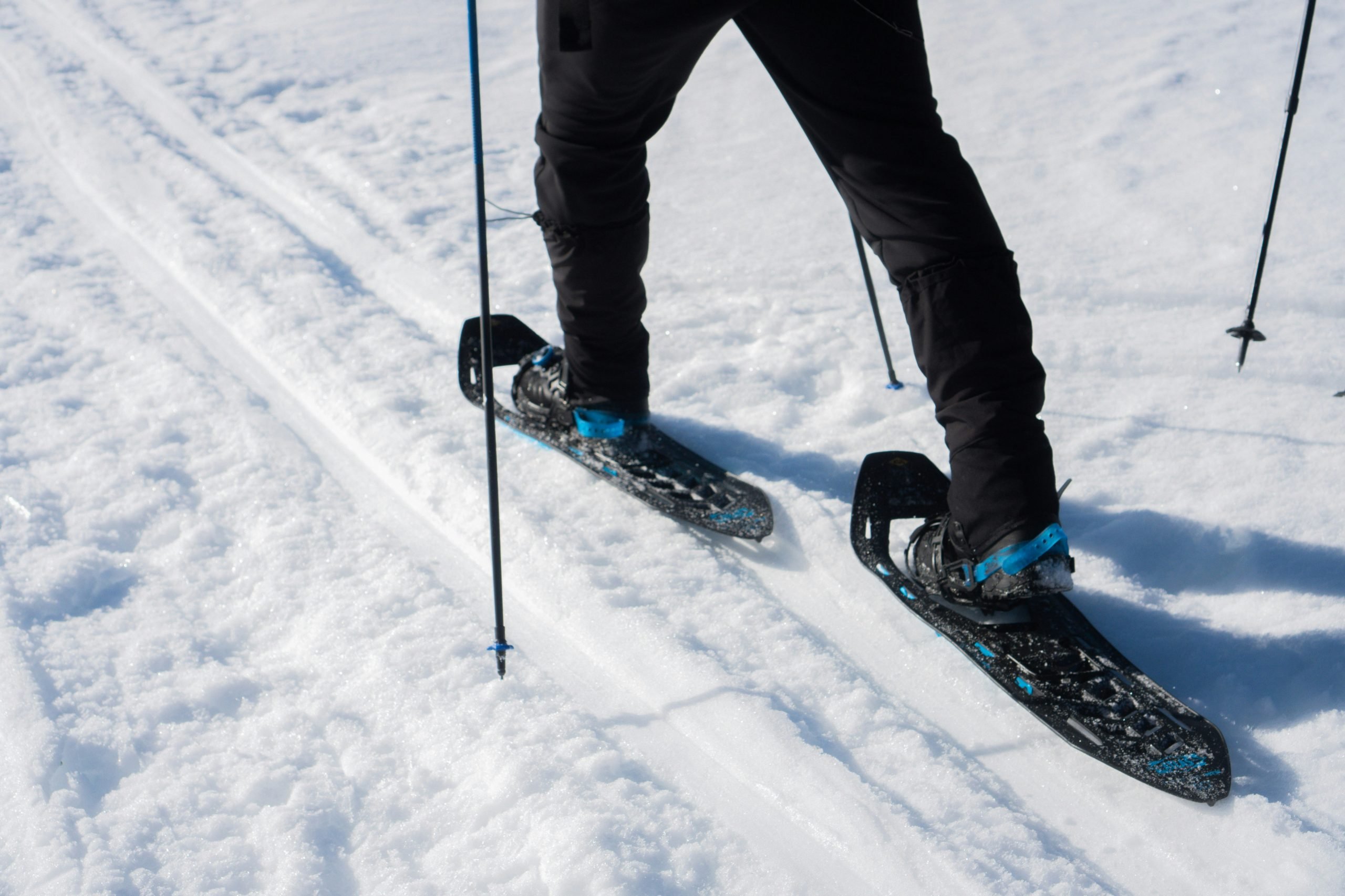
Photo by Chaewul Kim on Unsplash
7. Expedition Secrets
Lastly, depending on where you are heading, it may be possible to rent gear—boots, snowshoes, skis, snowboards, ice cleats, rain pants—at the location. Plan your rentals ahead of time to save space. Organized expeditions to places like Antarctica usually provide or rent 3-in-1 jackets that consist of separable down and shell components. If they supply them, they are often yours to take with you when you leave—which means you may need a second bag or plan to wear them on the way home. Depending on the nature of the trip, organizers may also provide or rent muckboots and rain pants. Muckboots can replace any winter boots you bring.
Every trip has its own requirements, but with thoughtful planning it is possible to reduce the headache of packing and still travel comfortably, even in cold weather.

